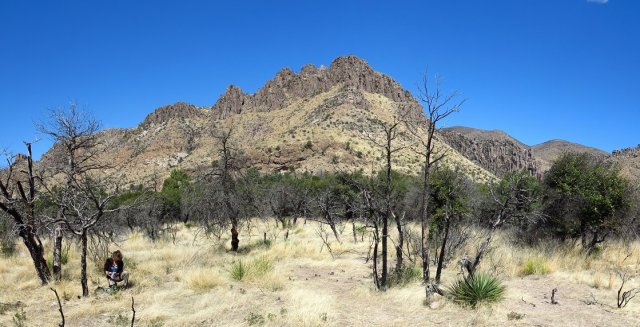Research thematics

Biodiversity assessment—analysis and monitoring of animal biodiversity using passive acoustics
Biodiversity measurement is an urgent and challenging task. I am interested in using acoustic methods—especially the global acoustic method—to evaluate and monitor biodiversity. This recent method, proposed first in Sueur et al., PLos ONE, 2008, aims to infer local biodiversity through acoustic diversity indices calculated on animal community sounds or biophony. Non-invasive, inexpensive and fast, this method could be really powerful as a concrete biodiversity assessment program.
Part of my research focuses on the acoustic diversity indices (publication of these indices has greatly increased since 2008). I am testing these indices to determine what kind of biodiversity information can be extracted through a global analysis of acoustic complexity
Ecological dynamics regarding soundscapes
As an important component of complex interactions between biological, geological, and human dynamics, soundscapes greatly impact the lifestyles of innumerable animal species. Soundscapes are highly variable depending of time of the day, time of the year and location. Many of these variations are linked to natural cyclical processes, and these phenological parameters of soundscapes are still not well described.
The soundscape dynamics study will improve knowledge of the processes at the origin of theses dynamics and of the interaction between these processes. It will also allow us to monitor the change of these dynamics due to disturbances.
Disturbances—the impact of wildfire, invasive species, and habitat degradation on acoustic communities
A better knowledge of both acoustic diversity and soundscape dynamics would help us to improve both detection of disturbances and evaluation of their impacts. I am involved with several current studies concerning this topic, and I am also really interested in monitoring restoration processes of a soundscape after disturbance.
Evolution and phylogeny—co-evolution of acoustic, morphologic, and molecular variables
Another interesting research area is the evolutionary part of these acoustic animal communities. Indeed, if the theories of acoustic niches and habitat filtering are known as potential drivers of acoustic diversity, reconstructing the phylogeny of sound-producing species while considering molecular and morphological data could help us to understand the evolution of song parameters.




